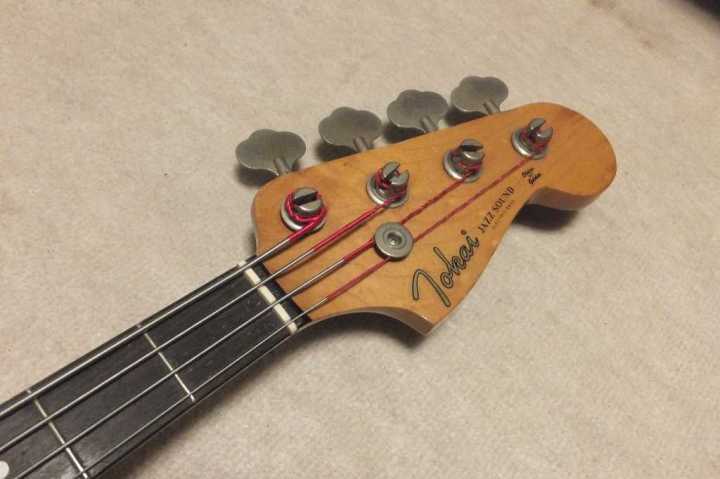Tokai Jazz Sound Bass Serial Numbers

Stevie Ray Vaughan played a 'Tokai Springy Sound' at one time. By the late 1970s, replicas of Fender guitars, such as the '.38 Special' guitar and the 'Hard Puncher' bass (replica of the Fender Precision Bass), began to be sold. Serial numbers. Tokai uses a seven-digit serial number usually pressed into the back of the.
Contents • • • • • • History [ ] Tokai began in 1947, as a and piano manufacturer. It developed its first, the Pianica, in 1961. Tokai began making and in 1973 and the electric piano in 1975.
Guitars [ ] Tokai started making in 1965. It made its first in 1968 with the Humming Bird, a guitar loosely based on the Mark I and II. This was followed in 1970 with the Humming Bird Custom (not to be confused with the guitar model produced by ). 12 universal laws of success. From 1970 to 1973, Tokai produced the Conn line of acoustic guitars under contract with ( and ). In 1972, Tokai entered into a with to supply parts and also to build Martin's electric guitars. In 1975, it launched its own Cat's Eyes line of acoustic guitars, which were replicas of C.F. Martin guitars.

Between 1977 and 1978, Tokai began making various and replica electric guitars and basses. These models are generically known as 'lawsuit guitars'. Tokai's replica of the electric guitar, named the 'Les Paul Reborn' model, started in 1978. By 1980, the name was changed to 'Reborn Old' and later to its current name, 'Love Rock'. The name change was in response to threats from American guitar companies to go to court to protect their. Tokai also made replicas, the “Springy Sound” (ST series, replica) and the “Breezy Sound” (TE series, replica). Played a 'Tokai Springy Sound' at one time.
This guitar was fitted with lipstick pickups and can be seen on the cover of his second studio album. By the late 1970s, replicas of Fender guitars, such as the '.38 Special' guitar and the 'Hard Puncher' bass (replica of the ), began to be sold in Japan and Europe. In 1983, Tokai introduced an aluminum-body guitar called the Talbo (Tokai Aluminum Body) which the band played at one time. Tokai has its own instrument making factory and have built guitars for well-known brands under contract (OEM). Tokai and Dyna Gakki produced the solid-body models from 1997 until the end of the joint-venture in 2015. Characteristics [ ] The original selling price in is often included in the model number—for example TLS-100 = 100,000 Japanese yen.
The higher priced Tokai Gibson replicas have nitrocellulose finishes and long tenon neck joints. Tokai guitars have been made in Japan, Korea and China.
Korean production started around the mid-1990s. Tokai guitars made in Korea (MIK) are lower priced guitars, similar to the Korean guitars. The MIK (Made in Korea) guitars can be differentiated by the truss rod cover. Japanese guitars have a two-screw truss rod cover whereas the Korean guitars have a three-screw truss rod cover (although some early Korean guitars also have two-screw truss rod covers). The MIK guitars usually have a different bridge instead of the usual ABR-1 bridge. Furthermore, MIK Gibson replica guitars usually have a neck made from, and the body wood is usually made from either,.